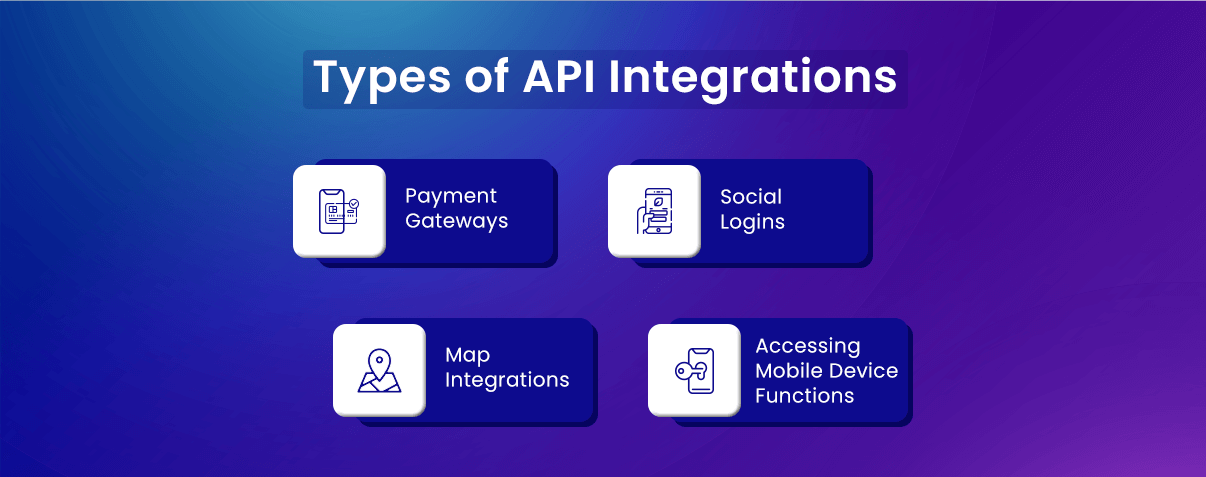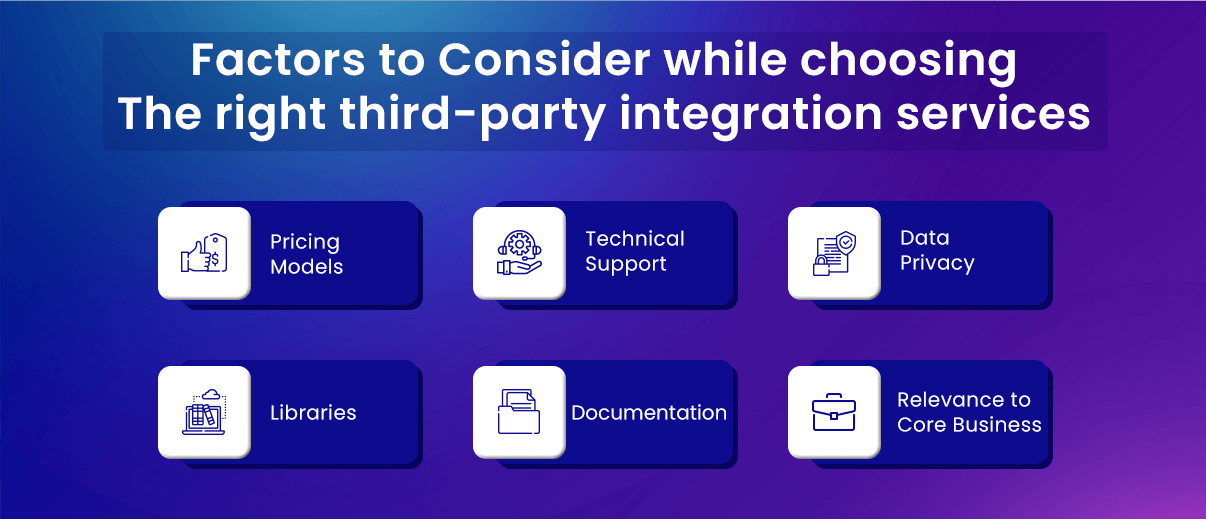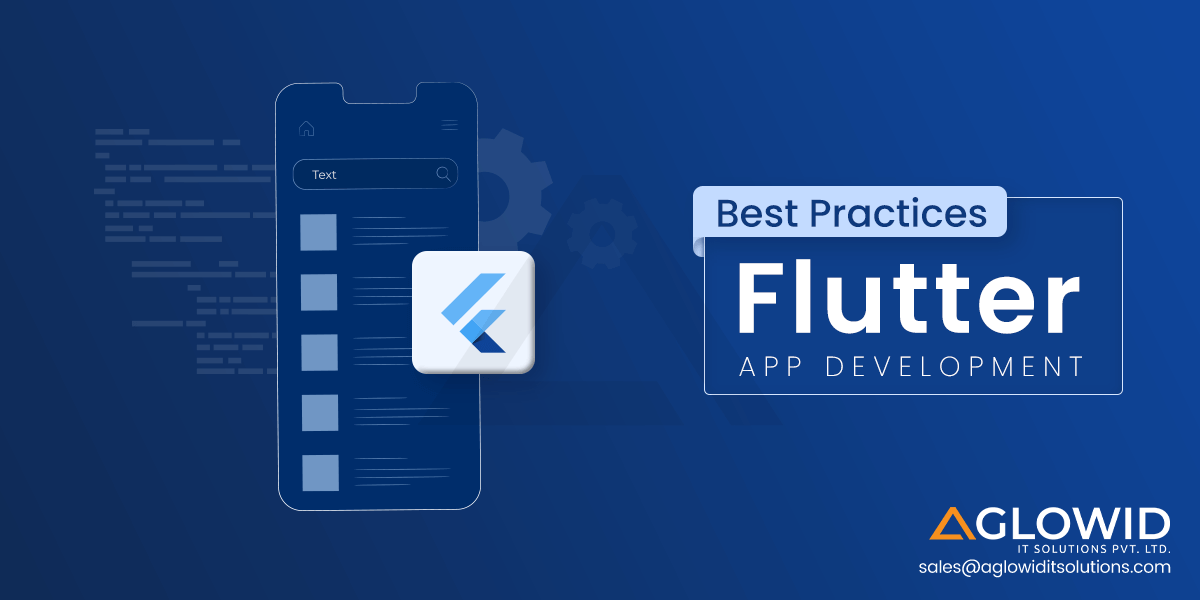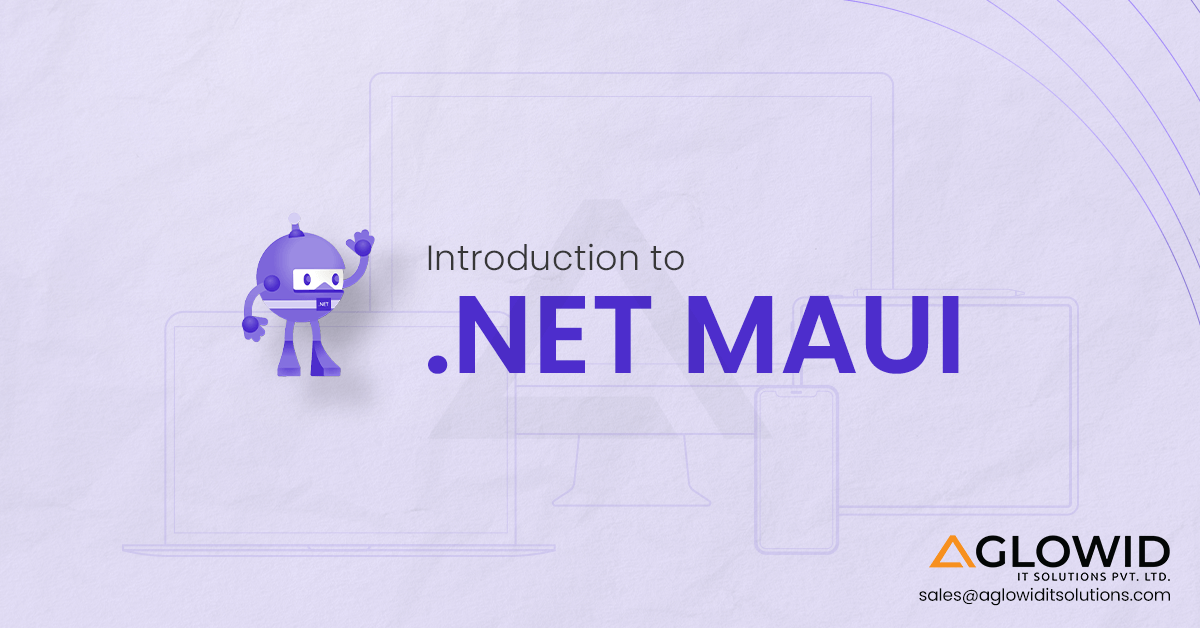Quick Summary: Creating a fully functional and feature-packed mobile app from scratch is not only challenging but also costly and time-consuming as well. To match consumers’ ever-growing demands and expectations across all types of mobile apps, you need to rely on efficient third-party service integrations to create a seamless user experience for your audience. This blog will cover all the important considerations to pick the right third-party services for your mobile app.
Mobile app development is one of the most lucrative and important business tools in today’s technological era to capture millions of users’ attention and interest.
According to Statista, most average adults across the globe use their smartphones for 5-6 hours daily. And this is not including their phone usage hours for work-related purposes. The average person also uses 9 mobile apps per day and around 30 mobile apps per month. One important observation is that if a smartphone has 80 apps, more than 62 percent of those apps don’t get used every month.
Also, it is safe to assume that most of them get uninstalled too. Why is that? Not all apps can retain customer attention to the fullest, as they get limited with their services. To protect your app from such a fate, you need to integrate 3rd party services in your mobile app. There are many important considerations to be kept in mind while integrating them, and we will discuss them in detail in this blog.
What is API Development?
First things first, before we discuss the best considerations for integrating third-party services in your mobile app, we should question – why bother with API development in the first place? Well, the best way to decode APIs is to compare them with a restaurant example.
Suppose you are at a restaurant to have lunch. You will sit at your table, decide what food items you want, and communicate it to the waiter. Now the waiter has received inputs from you, and he will communicate it inside the kitchen so that the chef makes all the items you want to eat. Once the food is prepared, the chef will send the same waiter back with your order. In terms of API development, the ‘waiter’ is the API that collects ‘order’ (requests) from the app (you) and fetches the order from the chef (API service provider) to complete your command.
What can third-party API integration do for your mobile app?
APIs are not programs or fully functional tools. They are protocols, a path for data or command is transmitted. Hence, their functionality is based on those very specific tasks – commands and data transfers. There are different types of APIs for different commands and use cases. Let us discuss some of the commonly used API integrations in mobile app development –

1. Payment Gateways
People on any ecommerce app keep adding products to a cart for buying as they browse the app categories and different products. This entire process is known as shopping. Once they get done browsing, they go back to the cart to make the payment and make purchases finally. During this process, there is a mental shift in their minds from shopping to ‘buying.’ Now, they would question the practicality, feasibility, and affordability of buying the products they added to the cart.
This is a very critical time window where they can abandon their purchase or make the purchase. Now in this sensitive time frame, if the app doesn’t provide reliable, trustworthy, and easy to manage payment options to the users, abandoning the purchase would increase significantly. Hence, instead of setting up a payment gateway from scratch with low trust issues, you can leverage Payment Gateway APIs like PayPal to evoke a sense of trust in your customers to go ahead with making the purchase.
2. Social Logins
Social login APIs are important as they provide easy and quick login options for apps with sign-up requirements. Also, having the option to log in with one of these popular social media websites like Facebook, Twitter, or LinkedIn automatically synchronizes users’ contacts on those websites using the app. This can come in very handy in gaming apps especially.
3. Map Integrations
Map Integrations are important for integrating map functions in your mobile application. They are mostly used in routing and logistics-related apps or for any apps that need location-based data.
4. Accessing Mobile Device Functions
Another API use case that most developers use is APIs that allow mobile apps to access users’ smartphone hardware and software features for their apps. A common example of one would be how Snapchat or Instagram uses the native smartphone camera via API calling to provide their users with the function to click photos and videos.
How to differentiate Good APIs from Bad APIs
There are many APIs available for mobile app development. Unfortunately, abundance generally brings a lot of spam and malfunctioning APIs to the table. Differentiating the proper functional and secure APIs from the bad APIs can be difficult for most developers.
Good API Checklist

It should be swappable:
When deciding on using an API for your mobile app development, you should always check if the API you depend on will serve a replaceable role in your app or if it will be the centerpiece of your app. Generally, using APIs as a centerpiece for any apps isn’t good because your app will have a survival dependency on that API. If that API shuts down or is temporarily not working, your app will suffer the same consequences. Hence, it is always advisable to use swappable components for your mobile app.
It should be stable:
If you will rely on an API for carrying out some functions of your mobile app, the first thing you should check is how stable and consistent that API is. For this, you can dig up on that API provider’s previous clients, testimonials, get a perception of the general overview and ratings, and much more. Make sure they have a reliable and responsive support team as well.
It should be flexible:
You are looking for custom integration of features in your smartphone app. So naturally, you would look for an API service that is flexible in offering pathways to custom integrations. Make sure your APIs offer greater depths of integration possibilities.
It should have a deep user-base
Having popular API integrations of popular tech giants in your mobile app can be very beneficial. Since the APIs are already popular, users have a fair idea of using these APIs. This will eliminate the risk of users abandoning your app since they have to interact with something unfamiliar. On the contrary, using popular APIs in your app creates a sense of credibility in the user’s minds as they find your app to be legitimate and authentic. For instance, providing social login APIs like Facebook API or Google API eases the authentication process and makes the users feel more secure.
Bad API Characteristics

The health of the API partner
The worst possible scenario of choosing an API after spending considerable time on research is for that API to go out of business a week or a month later. Most start-ups have promising ideas and solutions, but they don’t have the financial or business wisdom to stick in the market with their products for that long. Hence, you should always ensure that the health of your partner’s business is in good condition and they have a proven track record.
Unjustified added costs
Depending on what kind of API you are using, the premiums on API access can differ. However, some companies charge outrageous API costs to their users. For example, if you integrate a database API, they would charge you per access as you are paying for the data anyway. However, charging per access for other services can be highly expensive and unjustified as well. So before agreeing to any API integration in your mobile app, make sure to check the base costs and per-usage costs (if any) and see if the costs are justified or not. A good example of this can be how Google Maps have started charging users on per access basis too, and it is not affordable for all companies to keep up with such a pricing plan.
It’s brand new!
Don’t fall for this trap. New to the market is not a good thing for API integrations. The initial users of any API integration become lab rats for such companies as they spend time and hours testing and checking the API for faults and understanding how it works. Always try to be the third or fourth party to try the API.
Factors to look out for when selecting the right API for your mobile app
Now that you have a clear idea about good vs. bad APIs, you should also know the factors to keep in mind when selecting the most suited API for your app requirements.
Some general questions to ask or ponder upon before selecting any API for your mobile app are:
- Is the information on this API available on any other source than the vendor’s page?
- How is the general customer perception and liking towards this API?
- Do credible and popular businesses use this API?
Let us have a look at important factors to keep in mind when choosing the right third-party integration services:
- Pricing Models
- Technical Support
- Data Privacy
- Libraries
- Documentation
- Relevance to Core Business

1. The Pricing Models they have to offer:
One of the most important factors for any API selection will be the pricing plans available for their usage. The general practice of API developers is to choose the API with the lowest price; however, if you consider the possible need for high volume usage in the future, such APIs could cost a fortune.
Questions to ask about pricing models
- What price models do you have? For example, do you charge on a monthly or per request basis?
- If the charges are per request, then what is the request limit per month?
- Does their pricing plan fit your expected usage?
- How much do they charge for additional requests?
- Can the request usage be monitored using any tool?
- Do they have 24*7 customer support?
- Do they provide any free plans?
2. Attention given to Technical Support:
Technical support is of the utmost priority when integrating 3rd party services in your mobile app. In addition, you need reliable API services and support from their team if their API tool starts malfunctioning on the development end or end-users end.
Questions to ask about Technical Support
- What communication platforms do they provide technical support in? (Chat, phone, email)
- Do they provide 24*7 tech support for all 365 days?
- Do they have time zone flexibility for providing technical support when needed?
- Do they have a dedicated and active community page?
- Do they provide an API outage report?
3. Importance given to Data Privacy:
One of the biggest challenges or reasons why developers are generally hesitant to use APIs in their apps is the potential threat to their users’ sensitive data. APIs are capable of understanding a user’s request and fetching only the needed information from the database to answer their query. However, it can understand protocols in place; then attackers can leverage these API protocols to gain access to your users’ sensitive data.
Questions to ask about data privacy
- Does the vendor have a dedicated data privacy page?
- How long do they keep the data on their servers?
- Does the API vendor share the users’ data with third parties?
- Does their SDK come with some dependencies?
- Is the communication tool between API and developer secure enough?
4. API services with reliable Libraries:
Libraries are important as they offer basic functionality like error handling, HTTP transport, JSON parsing, authentication, and more. In addition, an SDK can make it easier for developers to access the system resources of a device.
Questions to ask about libraries
- How many languages does the API support?
- What type of API does the vendor provide?
- Do they have SDK for mobile app development?
- Does it offer all the essential features you need?
- Does it provide feedback for errors?
- What is the size of the library?
5. Level of Documentation:
You should consider choosing third-party services with in-depth and accurate documentation for integration, adding features and upgrades related to that API.
Questions to ask about documentation
- Do you give updated documentation for your API services?
- How do you render errors and successes?
- What authentication methods does the API support – JSON, XML, etc.
- How many calls does it take to complete the task?
- What input and output attributes are needed?
6. Relevance to your core business:
When choosing a third-party integration service, the most important consideration is always to remind yourself of the core business of your brand. It is easy to get swayed by the marketing mantras of new APIs, making you believe that you need them. Therefore, you should be careful to keep a justified ratio of APIs that enhance the core business activities of your app and the ones that enhance user experience to some extent.
Questions to ask self
- What is the core functionality of my app?
- How is this API going to complement my app services?
- Will this API complicate my app for users without providing much value in return?
Process of integrating third-party services in your mobile app
Now that we have covered all important aspects and considerations to keep in mind while integrating third party services in your mobile app let us understand ‘how-to’ integrate any 3rd party APIs in your mobile app seamlessly:

Step 1 – Leverage professional API integration services
Suppose you are not from a technical background. In that case, you should hire dedicated expert API developers to integrate your desired APIs on your mobile app in the right way with the most accuracy.
Step 2 – Register for API provider system
Any mobile app developer should register themselves with the API provider system as every call to an API endpoint requires authentication.
Step 3 – Receive API key and authentication token
Once you register for the API provider system, you will get an API key so that your API provider can identify the calling project and authentication token for verifying the user has the right access to make such requests.
Step 4 – Integrate the right API framework for your app
Now you will install the selected APIs and SDK to your app build environment by using trusted dependency managers like Maven for Android apps and CocoaPods for iOS.
Step 5 – Make use of API instances and methods
For using the dependencies added in the previous step, mobile app developers will add new functionality for utilizing those dependencies in the functioning of the mobile app.
have a unique app Idea?
Hire Certified Developers To Build Robust Feature, Rich App And Websites.
Popular Third-Party Services
Here are some of the popular third-party services you can leverage for enhancing your mobile app performance:
| Popular third-party services | Key Function |
| Google Maps API | Useful for adding navigation features to your mobile app. |
| Facebook API | Useful for adding an easy authorization process by utilizing the person’s Facebook account to avoid filling lengthy forms. |
| Movie Database API | Great for creating on-demand apps like Netflix. |
| Skyscanner API | Useful for making travel apps with proper services like accommodation queries, prices, facilities, and more. |
| Spoonacular API | Ideal for diet and fitness apps as it comes with 86,000 food products and over 365,000 recipes. |
Wrapping it up!
These are some of the most important things to consider while integrating third-party services in your mobile app. Always remember; the core function of APIs is to enhance and support your mobile app function and expand its functionality and design aesthetics. However, too much dependence on API can leave your app handicapped if the API support is withdrawn. Hence, keep the essential services and functions to the core of your app development and use APIs wisely and in moderation.
Also Check:





 Say
Say